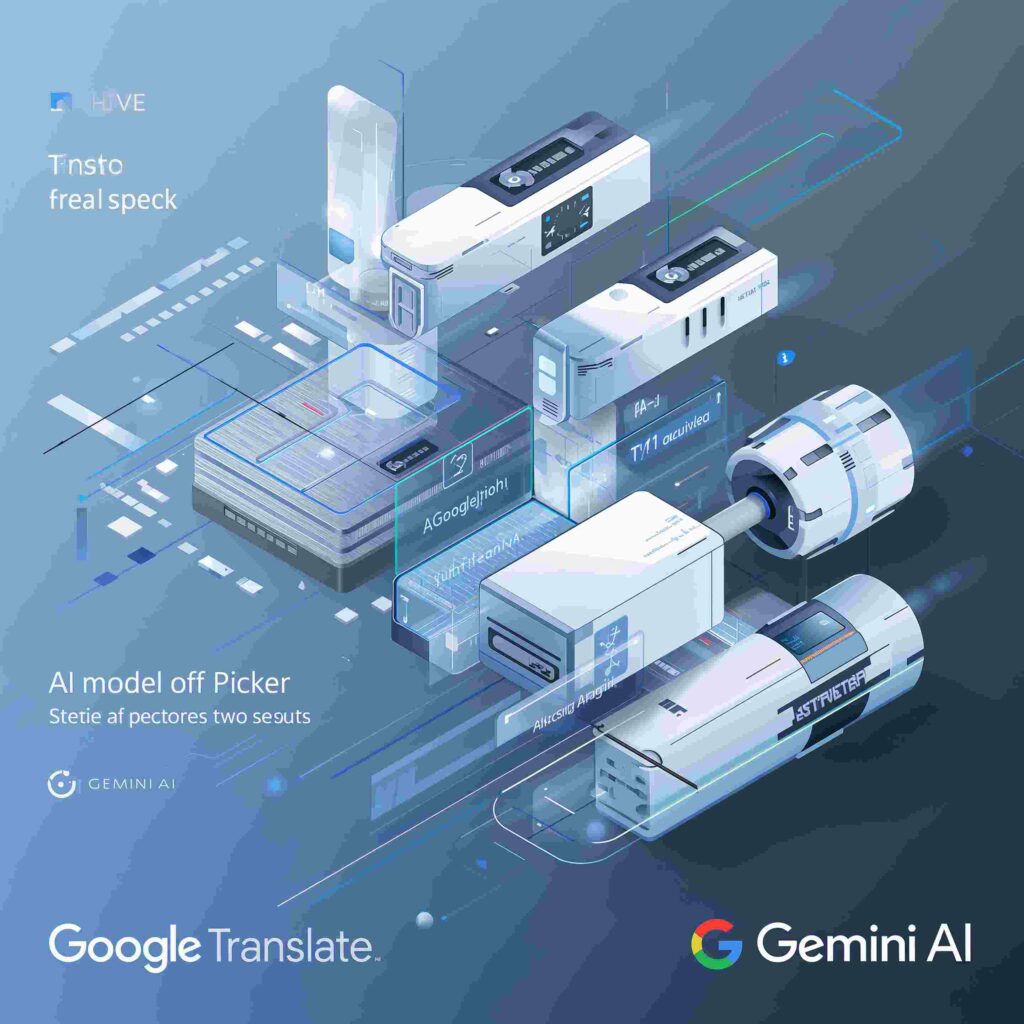
『 ZORO 』
3 months ago
Google Translate Update: AI Translation Gets Smarter with Model Picker
Smarter AI Translation with Google Gemini
The biggest highlight of this update is the Google Gemini Translate integration. With the new AI model picker, users can now switch between:
- Faster translations for quick everyday use.
- More accurate translations for professional or academic work.
This flexibility puts users in control, something that was missing in earlier versions of Google Translate. The update shows how AI trends are shaping user-friendly solutions.

Why Translation Speed vs Accuracy Matters
Not all translation needs are the same. Sometimes, speed is the priority. For example:
- A tourist asking for directions.
- A student reading a quick article.
But at other times, accuracy matters most:
- Businesses translating contracts.
- Researchers translating academic papers.
The translation speed vs accuracy choice in Google Translate means users can pick what fits the situation best. This makes AI translation tools far more practical in real life.
How the AI Model Picker Works
Google’s new AI model picker uses the Gemini AI model in the background. The tool allows switching between “Classic” translation mode and the Gemini-powered option.
- Classic mode = faster, lighter translations.
- Gemini model mode = deeper, context-aware translations.
This means that Google Translate now works like an AI copilot PC, adapting to user needs instantly. It reflects the growing move toward on-device AI experiences that balance performance and intelligence.
The Bigger Picture in AI Trends
This Google Translate update is not just about languages. It represents broader AI trends:
- On-device AI: AI tools that work faster without full cloud dependence.
- AI Copilot PCs: Everyday devices powered by artificial intelligence.
- User control: Giving people options rather than a one-size-fits-all solution.
These changes signal how artificial intelligence is becoming more personalized, practical, and accessible to everyone.
What This Means for Professionals and Students
For professionals working in international industries, AI translation tools like this reduce barriers. Students learning new languages now get more reliable help. Businesses dealing with global clients can ensure accurate communication without hiring expensive translation services.
This is a reminder that latest AI news is not just tech updates—it’s shaping how people work, study, and connect globally.
Final thought-
The new Google Translate update with an AI model picker is a game-changer. By letting users balance translation speed vs accuracy, it makes AI translation smarter and more flexible. This is another step forward in the journey of artificial intelligence becoming a daily companion. Looking ahead, we can expect even more personalized, on-device AI experiences that redefine how people communicate worldwide.
Build AI Translation Expertise with Certification
As AI translation becomes more integral to global communication, gaining formal training can set you apart. Consider these AI CERTs® certifications tailored to enhance your skills in AI language tools:
- AI+ Developer™ Certification – Learn foundational AI development, including NLP, Python, model deployment, and optimization techniques. Perfect for building robust translation systems powered by AI.
- AI+ Learning & Education™ Certification – Designed for educators and learning professionals, this program equips you to effectively integrate AI tools—such as translation systems—into teaching environments.
These role-based certifications help you stay ahead in implementing AI solutions responsibly and innovatively.



